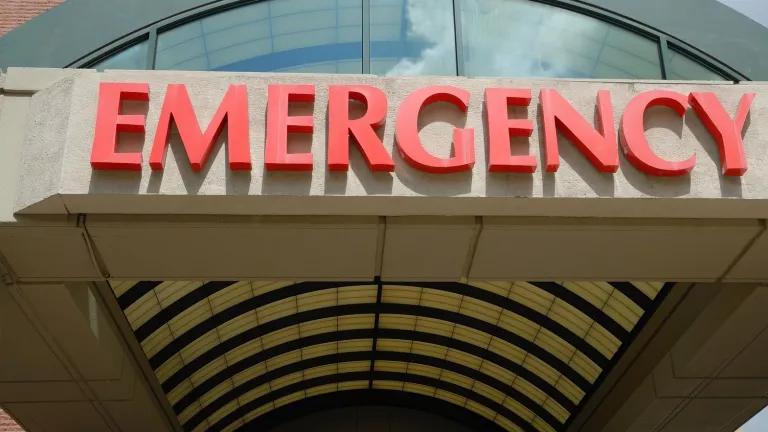
Next week, the U.S. Court of Appeals for the D.C. Circuit will hear oral arguments in the polluter-backed case challenging the most significant step our country has taken to address climate change: the Clean Power Plan. The Clean Power Plan will help clean up power plants, the largest U.S. source of the carbon pollution fueling unhealthy smog formation, more dangerous heat waves, and more deadly storms and floods. In other words, the Clean Power Plan is a Big Deal for our health and will save lives across America.
It will also save money, particularly for communities of color in low-income neighborhoods.
A new study in the International Journal of Environmental Research and Public Health found more than 73,000 reported hospitalizations for heat-related illnesses between 2001 and 2010 in the United States. More than 1,300 of those patients died. The researchers from the U.S. Environmental Protection Agency and Columbia University then looked at the cost of those heat-related illnesses and discovered a high price tag.
According to the study, heat-related hospitalizations cost an average of more than $5,300 per patient (adjusted for what individual hospitals charge for care). Adjusted average costs were considerably higher for patients of color than for whites: About $300 higher for blacks, more than $240 higher for Hispanics, and a shocking $1,200 higher for Asian/Pacific Islanders. The cost gap was even wider among patients from low-income zip codes—about $700 higher for lower-income blacks and Hispanics than lower-income whites. And because this database doesn’t capture people treated in emergency rooms or patients transferred to rehabilitation centers to recover from severe heat stroke, the costs are likely underestimates. Lower-income communities of color tend to be more vulnerable to heat-related illnesses in the first place, as the 2016 USGCRP Climate & Health Assessment report noted.
This study is consistent with NRDC’s finding that just six climate change-related events from 2000 to 2009 cost upwards of $14 billion dollars and included more than 760,000 encounters with our health care system. The climate change-related events in the 2011 paper in Health Affairs included a heat wave, ozone smog conditions, wildfire, hurricanes, an infectious disease outbreak, and river flooding after extreme rains. If we consider all the other extreme weather events we’ve seen since 2009, or others being fueled by climate change—like waterborne illness outbreaks and lost work days and school days because of increasingly long allergy seasons, to name just two—then the costs soar even higher.
Climate change affects us all—both here in the United States and globally—and is an urgent threat to our health that we can’t ignore. The good news is that power companies in the United States are already shifting from dirty fossil fuels to healthier sources of electricity like wind and solar. The Clean Power Plan will help keep this transition to a clean energy future on track and make it easier to take even more ambitious climate action in the future. And as a result? We’ll have cleaner air, more livable temperatures, less risk of catastrophic floods—and more money in our pockets.



